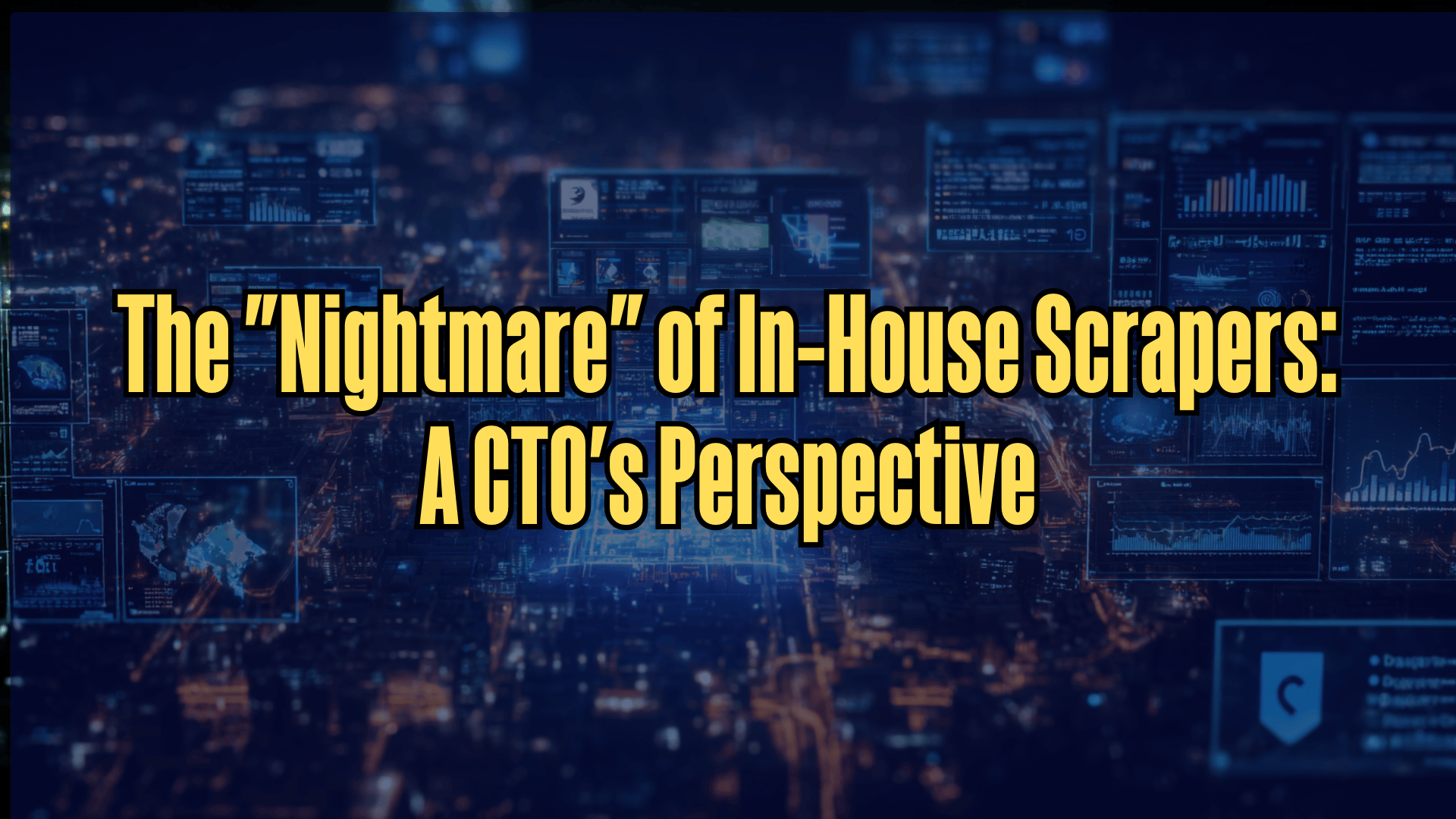What Is Buy Now, Pay Later (BNPL)?
Buy Now, Pay Later (BNPL) is a digital payment method that lets consumers split purchases into smaller, manageable installments, often interest-free if paid on time. Originally popular for big-ticket items like electronics and fashion, BNPL now extends to everyday essentials-including groceries-offering a new level of flexibility for household budgets.
The Rise of BNPL in Everyday Purchases
BNPL’s journey from niche to mainstream has been rapid. Once reserved for discretionary spending, it now plays a crucial role in how Americans pay for necessities. According to a recent LendingTree survey, 25% of BNPL users now fund grocery purchases this way, a leap from just 14% in 2024 and 21% in 2023. This signals a structural shift as more Americans face economic uncertainty, inflation, and stagnant wages.
Grocers are taking note. Major chains and delivery platforms are partnering with BNPL providers, making it easier than ever to split the grocery bill over several weeks or months This integration is reshaping the weekly grocery run, making flexible payments an expected option at checkout.
Why Consumers Are Opting for BNPL
Several factors are fueling BNPL’s popularity for groceries:
- Financial Relief: With food costs up 24% since 2020, many households are feeling the pinch. BNPL offers immediate relief, letting families stock up without draining their bank accounts all at once.
- Budget Flexibility: For those living paycheck to paycheck, spreading out payments can mean the difference between eating well and making tough choices at the register.
- Psychological Comfort: Knowing that the bill won’t hit all at once provides peace of mind, especially during periods of financial strain.
These benefits have made BNPL especially attractive to younger consumers, with one-third of Gen Z users reporting they use BNPL for groceries. Even affluent shoppers are joining in, sometimes out of necessity when credit cards are maxed out or for the perks BNPL offers.
The Role of Digital Lending in BNPL’s Popularity
BNPL is powered by digital lending-a seamless, tech-driven approach to credit. Advances in mobile apps, instant approvals, and AI-driven risk assessments have made BNPL accessible to a broader audience, including those underserved by traditional banks.
- Embedded Finance: BNPL is often integrated directly into checkout processes, both online and in-store, allowing for frictionless adoption.
- Personalization: AI and machine learning tailor offers and payment plans to individual spending habits, making BNPL even more appealing.
- Speed and Inclusion: Fast approvals and broader eligibility mean more people can access credit when they need it, not just those with high credit scores.
Benefits of BNPL for Consumers
From a shopper’s perspective, BNPL brings several advantages:
- Interest-Free Options: Many BNPL plans charge no interest if payments are made on time, making them an attractive alternative to credit cards.
- Improved Cash Flow: By spreading costs, families can smooth out cash flow and avoid the stress of large, one-time expenses.
- Accessible Credit: Easier approval processes open doors for those with less-than-perfect credit histories.
- Credit Building: Timely payments on BNPL plans can even help improve credit scores in some cases.
Concerns and Risks of BNPL
Despite its benefits, BNPL is not without pitfalls:
- Overspending and Debt Accumulation: The ease of splitting payments can tempt users to take on more debt than they can manage. A recent survey found that 41% of BNPL users made a late payment in the past year, up from 34% a year prior.
- Loan Stacking: Many users juggle multiple BNPL loans simultaneously, which can lead to overextension and financial stress.
- Consumer Protection: Regulators are increasing oversight to ensure transparency, fair lending practices, and adequate disclosures. Financial literacy campaigns are also ramping up to help consumers understand the risks and make informed decisions.
Implications for Alternative Business Lenders
For alternative business lenders, BNPL’s rise presents both opportunities and challenges:
- New Partnerships: Integrating BNPL into digital lending platforms allows lenders to reach new customers and offer merchants a tool to boost sales and retention.
- Customization: Digital lenders can leverage data to tailor BNPL offerings, making them more attractive and manageable for consumers.
- Risk Management: As BNPL becomes more prevalent, lenders must invest in robust risk assessment and compliance systems to prevent defaults and protect vulnerable borrowers.
Unit Economics: The Harsh Reality of Grocery BNPL
Industry research reveals that the average BNPL grocery transaction value is approximately $87.50, which exceeds the critical breakeven threshold of $52 for most providers (LendingTree BNPL Consumer Survey, 2024). This is vital context – smaller basket sizes below the $52 threshold operate at a loss, explaining why many BNPL providers initially avoided grocery entirely.
When we examine the cost structure, the math becomes clearer:
- Average merchant fee in grocery: 3.2% (significantly lower than the 4-6% in fashion retail)
- Processing cost per transaction: $2.75 fixed
- Customer acquisition cost amortization: ~$1.50 per transaction
- Cost of capital: 3.2% for banks vs 8.5% for fintechs (McKinsey Global Payments Report, 2024)
With average profit margins of just 1.8% on grocery transactions, a mere 0.7% increase in default rates can completely eliminate profitability (S&P Global Market Intelligence, 2024). This explains why banks with lower capital costs have increased their BNPL market share from 17% to 29% between 2023-2024, while fintech providers have seen their share decrease from 72% to 61% during the same period (Cornerstone Advisors BNPL Market Analysis, 2024).
Loan Stacking: A Crisis Hiding in Plain Sight
Current data shows that 48% of BNPL users maintain multiple active loans simultaneously, with an average of 3.2 loans per user. Most concerning, 22% of users have more than 5 active BNPL loans (Federal Reserve Bank of Philadelphia Consumer Finance Institute, 2024).
The visibility gap compounds this issue – an estimated 64% of BNPL obligations remain invisible on traditional credit reports, creating a dangerous blind spot for lenders' risk models. Each additional BNPL loan increases default probability by 2.7x (Financial Health Network: BNPL and Consumer Financial Health, 2024), yet most providers lack visibility into consumers' total BNPL exposure.
White-labeling: The Missing Strategic Option
Approximately 32% of regional grocers now offer BNPL through white-labeled solutions (Payments Journal: BNPL Unit Economics Study, 2024). This presents a critical opportunity for alternative lenders who can't compete with banks' cost of capital but can offer specialized underwriting models tailored to grocery purchasing patterns.
By white-labeling for regional grocers, alternative lenders gain:
- Lower customer acquisition costs (leveraging the grocer's existing customer base)
- More comprehensive transaction data for underwriting
- Higher-margin opportunities through grocer-subsidized interest rates
- Branded presence without direct competition from bank giants
Regulatory Timeline and Cost Impact
The CFPB's proposed classification of BNPL providers as "card issuers" under Regulation Z comes with significant implementation costs. Compliance is expected to cost between $800,000 to $2.5 million per provider (CFPB Proposed Rulemaking: Regulation Z Amendments, February 2024), with implementation likely required by Q3 2025.
For smaller alternative lenders, these costs represent an existential threat, potentially accelerating consolidation in the sector. The required changes include:
- Standardized ability-to-repay assessments
- Enhanced dispute resolution processes
- Integration with credit reporting systems
- Structured disclosure requirements
The timeline and cost structure give banks a distinct advantage, as they've already implemented most of these systems for their credit card portfolios.
Conclusion: A Market at an Inflection Point
The grocery BNPL sector stands at a precarious crossroads. With default rates in grocery-specific BNPL increasing by 21% year-over-year (Federal Reserve Financial Stability Report, 2024), and banks aggressively entering the space, alternative lenders face stark choices: specialize through grocer partnerships and proprietary underwriting models, consolidate to achieve scale, or exit the grocery segment entirely.
For those committed to this market, success will require sophisticated risk modeling that accounts for loan stacking, strategic partnerships with regional grocers, and technological innovation to reduce per-transaction costs below the industry average of $2.75.
The stakes couldn't be higher – both for lenders navigating this complex landscape and for the growing number of Americans who now rely on BNPL to put food on their tables.












.png)